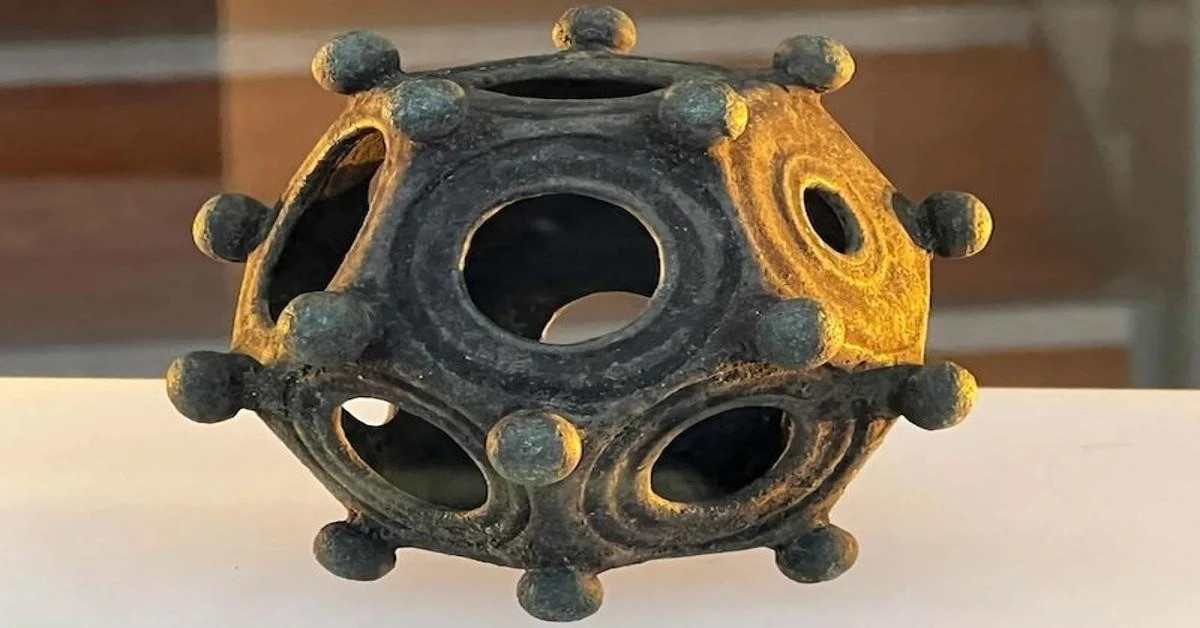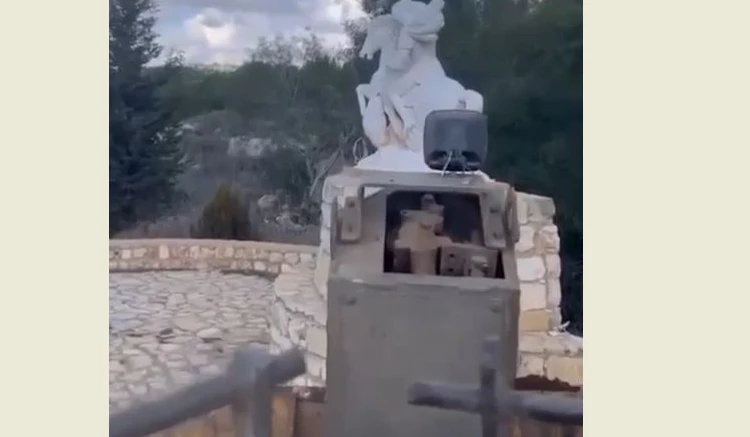Ancient Roman object from England raises questions about mysterious function

The discovery of a Roman dodecahedron in Lincolnshire by local volunteers offers new insights into ancient Roman artifacts and their mysterious functions
Archaeologists recently unearthed a Roman dodecahedron in Norton Disney, a village steeped in history in Lincolnshire, United Kingdom, sparking widespread intrigue and debate about its origins and purpose.
This particular find, the 33rd of its kind in England, stands out not only for its rarity but also for its remarkably pristine condition and significant size.
Local volunteers from the Norton Disney History and Archaeology Group made this exciting discovery during a dig. The dodecahedron, measuring about 8 centimeters (3.15 inches) across and weighing 245 grams, consists primarily of a copper alloy blended with tin and lead. Its excellent preservation is astonishing, showing no signs of wear even after being buried for around 1,700 years.

The object’s exceptional condition, having survived around 1,700 years underground without wear, poses tantalizing questions about its use and significance. The theories about the dodecahedron’s purpose are diverse and imaginative.
Experts have speculated that it might have been used in Roman rituals or religious practices, suggesting a possible sacred function.
Other less conventional theories proposed by enthusiasts range from practical tools like spaghetti measures to whimsical uses such as a Christmas cracker puzzle or a device for measuring cervical dilation during childbirth.
The site of the find also enriches the artifact’s story. Artifacts found in the surrounding area date from the Iron Age to the Roman period, indicating a long history of occupation.
The proximity to a Roman villa excavated in 1935 suggests the area had various significant uses through the centuries, potentially even extending to spiritual or ritualistic activities.

Despite the various guesses at its function, the dodecahedron remains a profound mystery. Its craftsmanship indicates that it required considerable skill to create, hinting that it was a valued object.
The lack of uniformity in size, shape, and metal composition among found dodecahedrons suggests they were not mass-produced but individually crafted, possibly for specific purposes.
Richard Parker, the secretary of the Norton Disney History and Archaeology Group, has announced that the team intends to revisit the excavation site later in the year to further investigate and potentially gather more insights.
Meanwhile, those interested in history can view the artifact at the Lincoln Museum, where it will be on display until September.
Source: Newsroom



